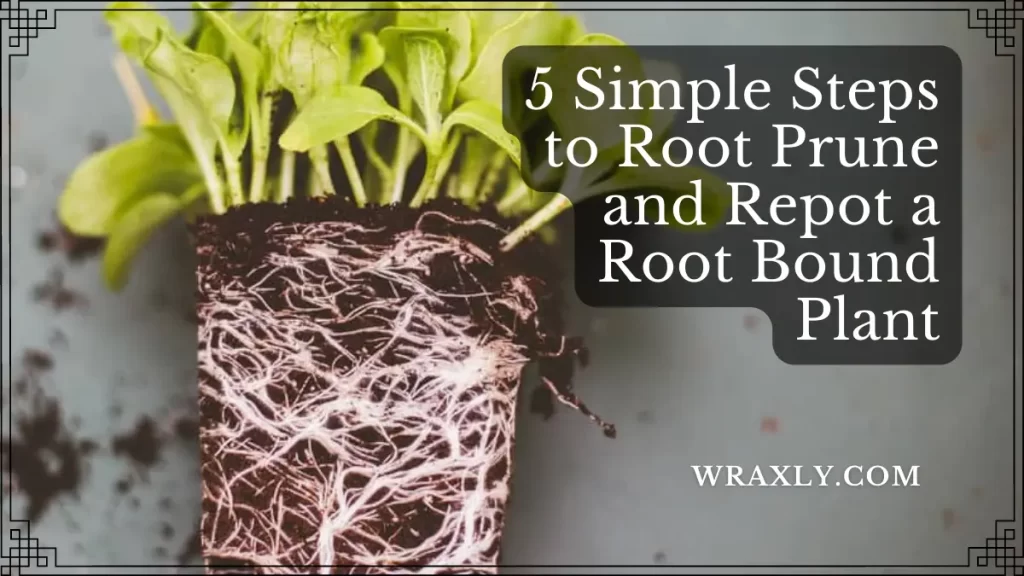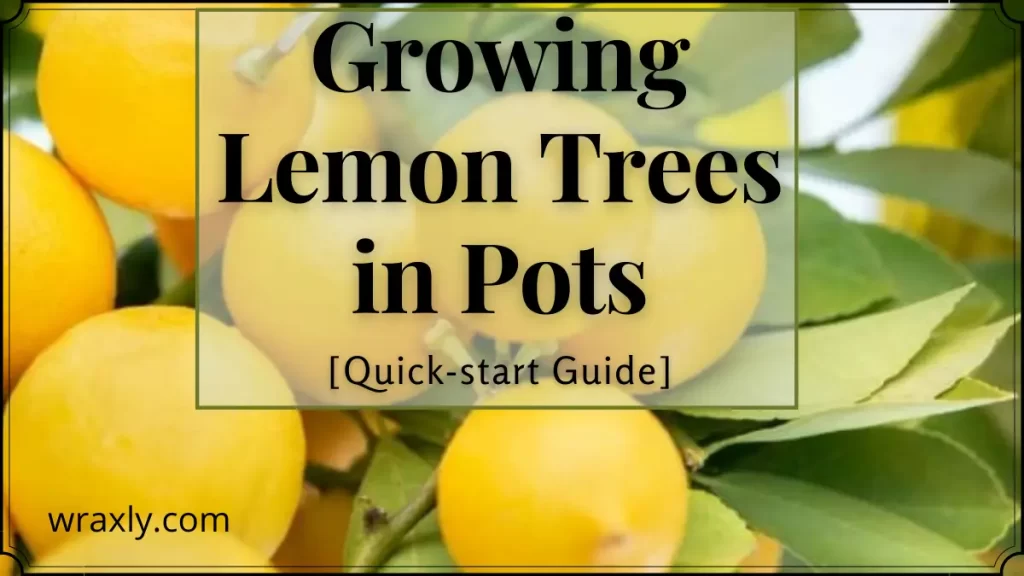When most people think of plant propagation, they often think of planting seeds. While seeds are a time-tested way of expanding a garden, there is another method that works just as well. Growing plants from cuttings is an effective approach and allow you to create identical genetic copies of your favorite garden plants. In this article, we will teach you the basics of how to grow plants from cuttings.
![Growing Plants from Cuttings [A Simple Guide]](https://wraxly.com/wp-content/uploads/2021/03/Growing-Plants-from-Cuttings-A-Simple-Guide.webp)
Choosing the Right Plant
There are many plants that grow from cuttings, but some are more suitable than others. While there are many plants that you can use, those with softer herbaceous stems are easier to work with. It is possible to grow woody plants from cuttings but doing so requires you to cut from areas of the plant that show new growth.
Easy Plants to Grow from Cuttings
To save you some time, we have included a list of plants that grow from cuttings. Below are a few species that may give you the best chance of success:
- Geraniums
- Salvia
- Dahlia
- Roses
- Pothos
- Poinsettia
As you may have noticed, most of those options are either herbaceous or annual plants. That is because those types of plants consist of soft tissues that are ideal for propagation by cutting. However, you should know that there are many plants beyond that list from which you can take cuttings.
Plants That Grow from Cuttings in Water
One of the most convenient ways to grow plants from cuttings is to put them in water. Later, we will give you some details about how that process works. For now, we will show you a few of the plants that grow from cuttings in water:
- Succulents
- Papyrus
- Impatiens
- Grape ivy
- Coleus
- Begonia
Again, there are many more plants from which you can take cuttings. The ones above represent some of the most common varieties that will take root in nothing more than a glass of water.
Assess Parent Plant Health
Other than choosing a species that responds well to cutting, there are other considerations you should make before you proceed. One of the most important details you should evaluate is the overall health of the plant.
It is best to take cuttings from plants that are exhibiting healthy growth. Those with a high volume of dead leaves, damage, or disease, are not the best option for cuttings.
Also, it is best to take a cutting while the parent plant is in its active growth stage. Taking some newer growth from a plant that is actively growing will lessen the time it takes for your cutting to take root.
Growing Plants from Cuttings — Supplies
| Image | Title | Prime | Buy |
|---|---|---|---|
 Top
Top | Propagating Plants: How to Create New Plants for Free | PrimeEligible | Check Price on Amazon |
 Top
Top | Garden Safe Brand TakeRoot Rooting Hormone 2 Ounces, Helps Grow New Plants From Cuttings | PrimeEligible | Check Price on Amazon |
Top Top
Top | Super Sprouter Deluxe Propagation Kit Includes 7" Ultra Clear Humidity Dome, Double Thick 10" x 20" Tray, 18" T5 Grow Light & Booklet | PrimeEligible | Check Price on Amazon |
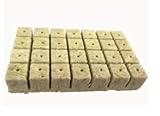 Top
Top | 1.5 inch Rockwool/Stonewool Grow Cubes Starter Sheets for Cuttings | PrimeEligible | Check Price on Amazon |
 Top
Top | alfyng 6 Pack Reusable Plant Rooting Device | PrimeEligible | Check Price on Amazon |
 Top
Top | COLMO Seed Starter (1 Pack of 50 Counts) | PrimeEligible | Check Price on Amazon |
How to Take a Cutting from a Plant
Finding a plant for cutting is not the challenging part of the process. Instead, it is the way you remove the cutting that matters most. In the sections that follow, we will reveal one standard process for taking cuttings from a healthy parent plant.
Look for New Growth
As we noted above, it is important to take cuttings from plants that are actively growing. When you have such a plant, you will need to find the areas of new growth. Those newer stems will give you a greater chance of success in propagation.
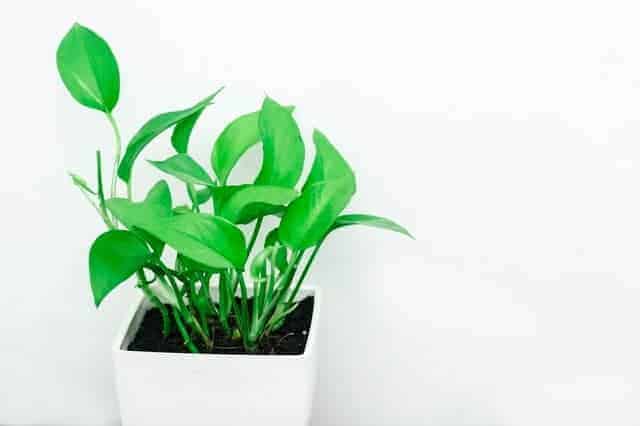
If your plant is growing healthily, it should not be too difficult to find new growth. Often, new growth takes the form of stems and leaves that are slightly lighter in color than the rest of the plant. For many plants, this new growth takes a while to darken and match the hue of the rest of the plant.
If you see leaves and stems that are lighter than the rest of the plant, the odds are that is the new growth. As you might expect, these newer parts often appear at the outer portions of the plant. But regardless of where they appear, it is your job to find them.
Cut at the Node
Once you have found a newer stem on your plant, it is time to make a cut. But before you do, you need to know how to find a node.
A node is a physical growth that appears on plant stems. The growths often protrude slightly from the rest of the stem. Nodes are the location where new leaves appear or where old leaves once lived on the plant.
It is important that you cut your plant cutting just below the node. In other words, you should ensure that there is a node on the base of the stem you are removing. Without the node, it is far less likely that your cutting will put forth roots.
When you make the cut, you should make sure that your cutting tool is sterile. Whether you use scissors or a knife, you should wipe your blade with alcohol first. That way, you reduce the risk of contaminating your cutting.
FURTHER READING
Remove Leaves and Flowers
After removing the stem, you may need to remove some leaves and flowers as well. These parts of the plant require energy to continue growing. Much of that energy comes from the plant’s root system.
Considering your cutting does not yet have a root system, it cannot support very many leaves. Your best approach is to remove all flowers from the stem and leave just one or two leaves. With very few leaves, your cutting can continue to photosynthesize without calling for more energy than a minimal root system can supply.
Planting the Cutting
Removing the cutting is a somewhat technical process. The same is true for the process of planting your cutting. To help you with this stage, we have provided a few instructions to get you started.
How to Use Root Hormone
Root hormone is a substance that will stimulate root growth for your cutting. This material comes in a few different forms, including liquid varieties. However, the most common form of root hormone comes as a powder.
To use root hormone powder, begin by slicing the node on our cutting. Slicing the node will promote root growth and help the hormone application be more effective.
Put water into a small container and put the root powder in a separate container. Dip the cut node into the water, then dip it into the powder. Shake off any excess root hormone powder.
Root hormone is not necessary when propagating plants from cuttings, but it can help. If you choose to use root hormone, know that you should only use it when preparing cuttings for planting. When you do, make sure you apply the hormone immediately before you plant the cutting.
Making a Planting Hole
If you plant your cutting in soil, you don’t need a large pot. Instead, a few inches of soil will suffice for your cutting. All you need to do is fill a small pot with soil and poke a hole in the center.
You can use an item like a pencil or your finger to make the hole. The only stipulation is that the hole should be slightly wider than the stem.
Some gardeners claim that it is best to use a soilless potting mix for cuttings. While this is not always necessary, it can be a good idea. Compared to a typical garden soil, soilless potting mixes have fewer bacteria and fungus that could harm your vulnerable cutting.
Once you have created a hole in the planting mix of your choosing, put the cutting into the hole. All that is left for you to do at this stage is to press the soil around the cutting so that it is upright and stable.
Cuttings in Water
Those using water for their cuttings have an even easier process. All you need to do is find a clean cup or glass and fill it with room-temperature water. Then place the cutting in the glass.
Just like that, the process is complete. Occasionally, you may want to replace the water if you notice it is getting dirty or if there is a film forming on your cutting’s new roots. If that is the case, removing the film and replacing the water is what you should do.
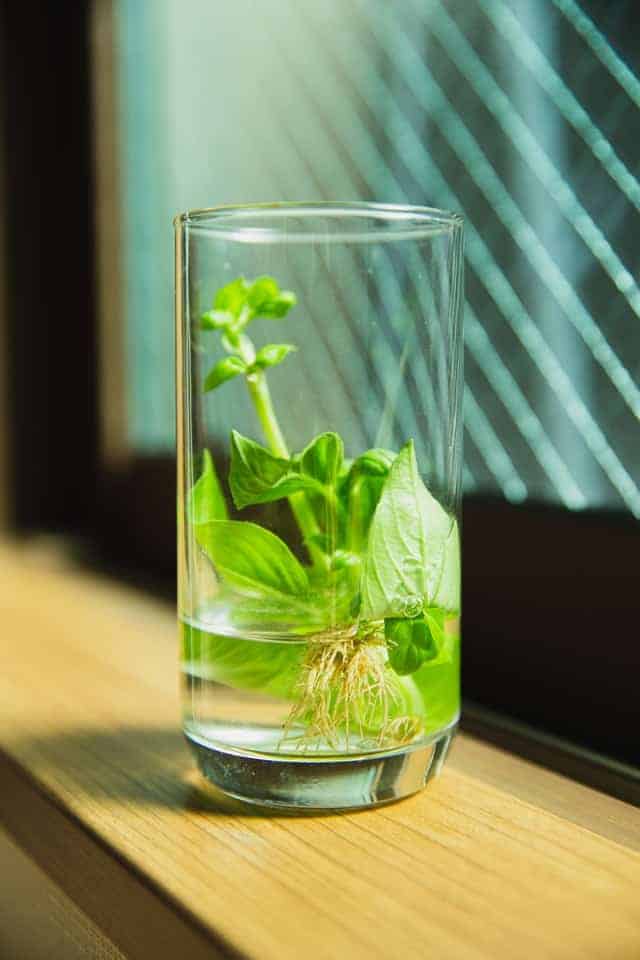
Before you choose this process, you should be aware that the roots of cuttings in water are often not as strong as those that emerge in soil. That is a downside, but the advantage of using water is the convenience of the process.
Where to House Your Planted Cutting
With your cutting in the soil or water, it is time for you to wait. As you do, make sure that you give your cutting the best conditions that will allow it to thrive. Generally, you should put your cuttings in an area that is warm and somewhat humid.
While warmth and humidity are helpful, balance is crucial as well. Too much moisture can lead to rot, and direct sunlight can scorch a cutting. That is why you should continue to pay attention to your cutting even after you finish planting it.
How to Know When Your Cutting is Ready for Transplant
Growing plants from cuttings can take a while. At times, it may take around two or three months for the roots to develop. As you anticipate that moment, you should prepare by learning how to know if your plant’s roots are ready.
If you put your cutting in water, knowing if your cutting is ready for transplant is easy. Just look into the water and see if the roots have grown to a significant degree.
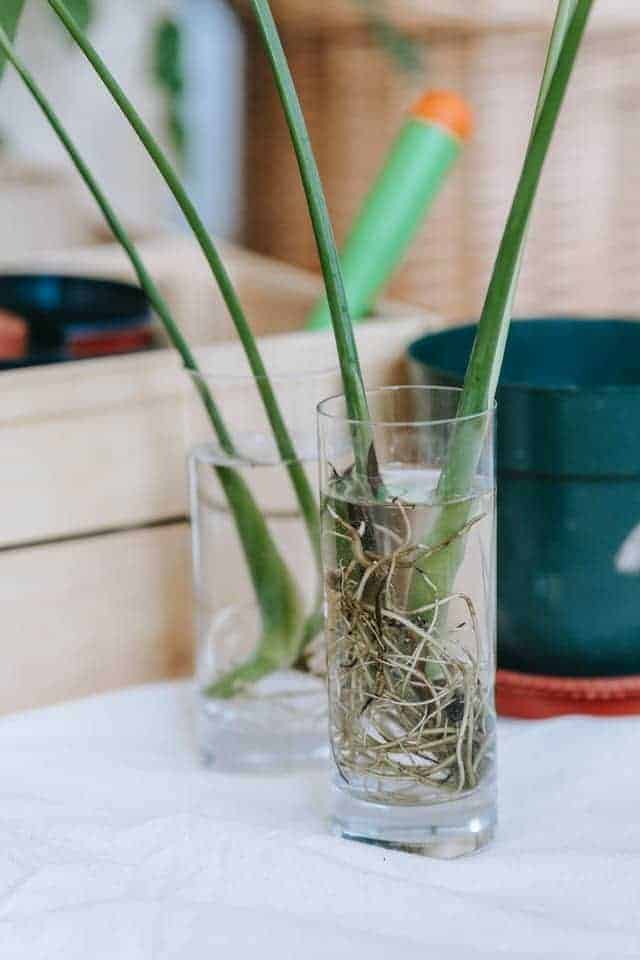
When your cutting is in soil, there will be no visual cue that the roots are ready. To accommodate for this, use your fingers to test the cutting. Pull gently on the stem. If you feel no resistance to a gentle tug, your cutting needs more time.
If you feel resistance, that means your cutting’s roots have grown strong enough to take hold of the soil. Once that happens, you have successfully propagated a plant from a cutting. Now you can transplant your cutting to a larger container or incorporate it into your outdoor planting design.
Sources:

John Haryasz is a freelance writer and landscape designer. In the field of landscape architecture, he has contributed to many successful design projects throughout the country. As a writer, John specializes in creating captivating and informative web content. Through that work, he aims to share his design knowledge and promote engagement with the outdoor world.
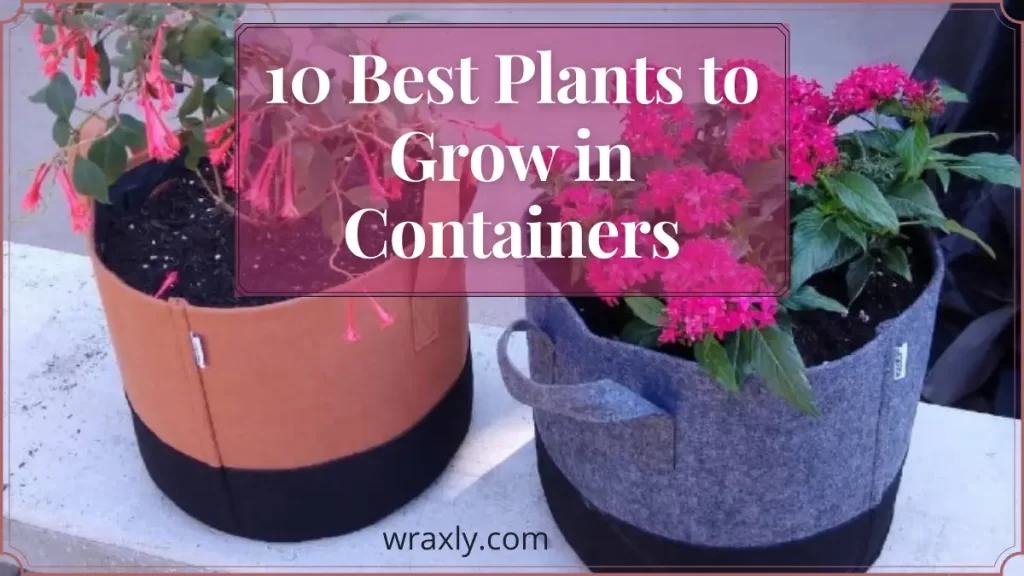
![How to Water Indoor Plants [Plant Care 101]](https://wraxly.com/wp-content/uploads/2021/03/How-to-Water-Indoor-Plants-Plant-Care-101-1200-1024x576.webp)
